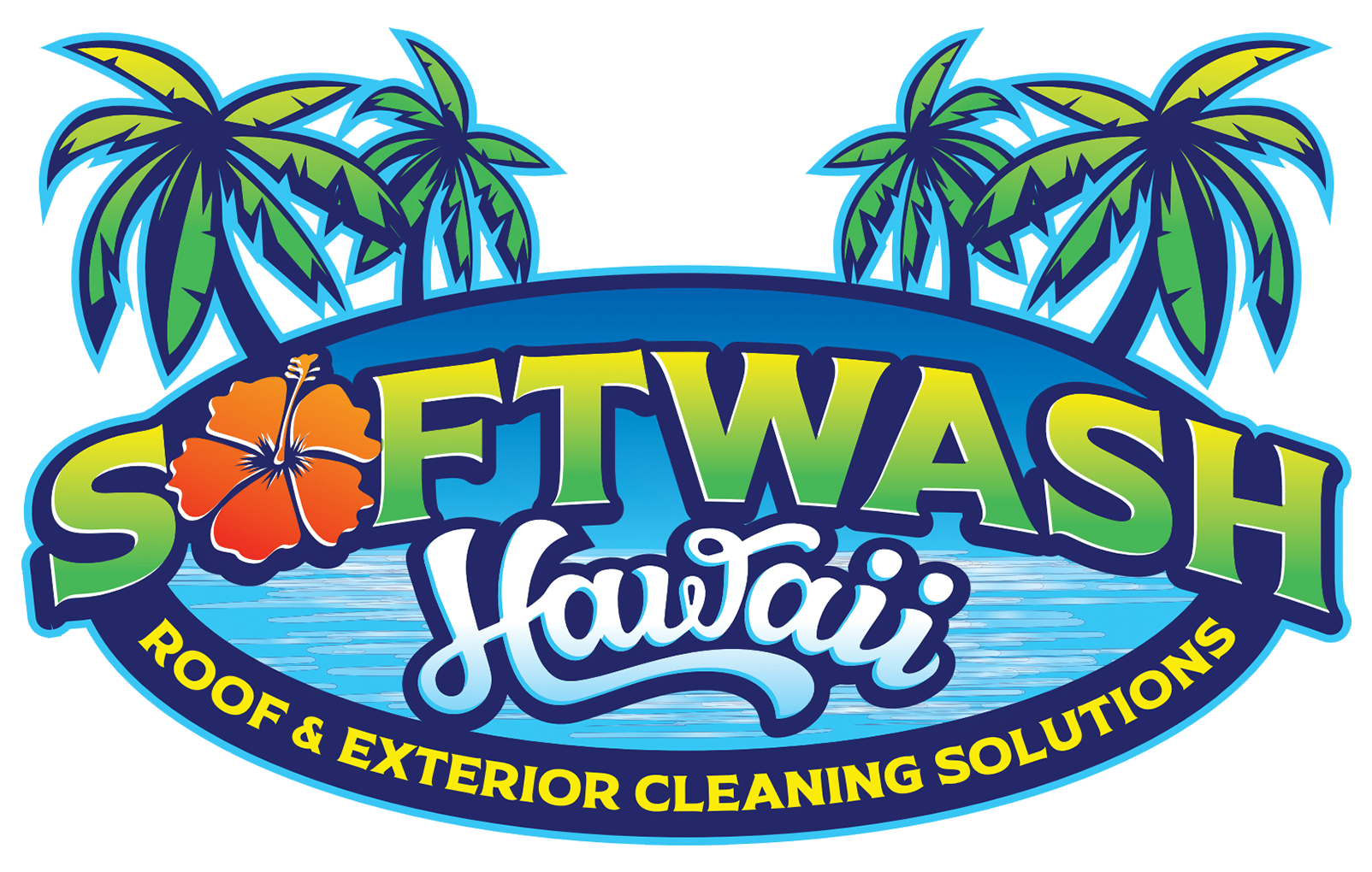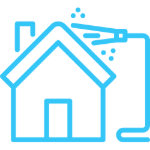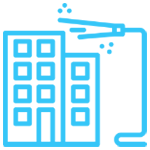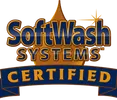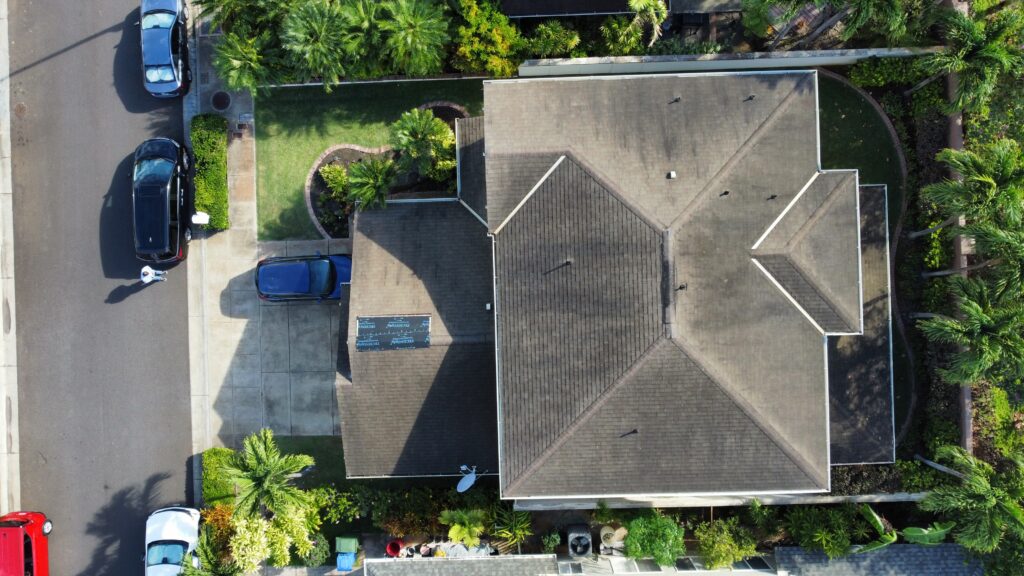
Understanding how to handle algae and moss growth on rooftops requires learning about their characteristics and growth patterns. While algae and moss share some similarities, they differ significantly and require distinct approaches for prevention and removal.
Often confused with mold or mildew, the dark discoloration and streaks visible on many roofs in the United States and Canada are actually algae. Algae thrive in areas where moisture accumulates on roof surfaces, especially in coastal or humid climates. The most common type, gloeocapsa magma or blue-green algae, produces a dark pigmented sheath to protect itself from harmful ultraviolet rays. Algae discoloration typically starts as small spots and quickly spreads into streaks on the roof. By the time algae becomes visible, it may have been present for several months or longer.
Algae spores spread easily through wind or animals, leading to widespread growth across neighborhoods. This phenomenon is commonly observed in apartment complexes, condominiums, and townhouses. While algae may not damage asphalt shingles, it affects the roof’s aesthetics. On highly reflective or “cool” roofs, algae can reduce long-term effectiveness. Therefore, addressing algae problems promptly is crucial.
Moss, on the other hand, is a non-vascular plant that absorbs water through its leaves. It thrives in moist environments and tends to grow on north-facing roof planes with limited sunlight exposure. Overhanging tree branches provide shade and drop debris on the roof, further facilitating moss growth.
Moss spores spread similarly to algae, but moss poses more significant threats to asphalt shingle performance. Moss buildup can lift shingles’ leading edges, increasing the risk of shingle blow-off during windy conditions. In severe cases, moss accumulation can cause lateral water movement, leading to roof deck moisture damage or leaks.
The most effective method for cleaning algae and moss from a roof involves using a 50:50 mix of laundry strength liquid chlorine bleach and water. Apply the solution with a sprayer and let it dwell on the roof surface for 15 to 20 minutes before rinsing thoroughly with low-pressure water. It may require extended dwell times, but avoid letting the solution dry completely to ensure proper rinsing. Take precautions to protect landscaping and surrounding areas from the bleach solution and wear appropriate personal protective equipment. Algae will wash away with subsequent rains, while moss will loosen over time and can be removed with a leaf blower. Severe moss infestations may require multiple bleach treatments. Avoid using pressure washers on asphalt shingle roofs, as they can cause granule loss and premature roof failure.
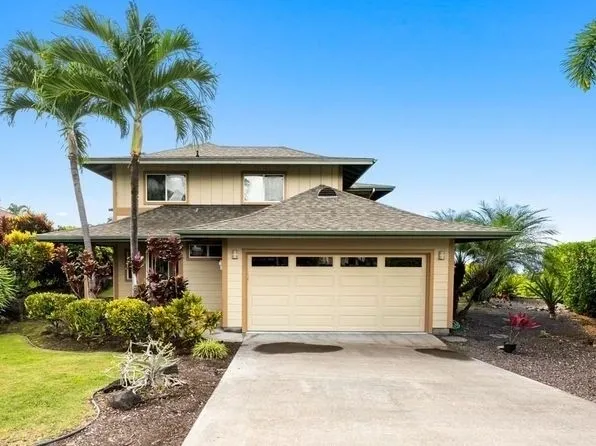
To discourage algae and moss growth, trim tree branches to allow more sunlight on the roof and minimize debris accumulation. Regularly clear debris from the roof using a leaf blower and ensure proper airflow down the slope to prevent debris from getting under shingle edges. Keep gutters clean to promote water drainage and prevent gutter overflow onto lower roofs. Additionally, consider preventative measures such as adding zinc or copper strips or using algae-resistant asphalt shingles when replacing a roof.
Adding zinc or copper strips to an existing roof is not recommended, as it may cause leaks or wind damage. Algae and moss growth on roofs, while unsightly, can lead to significant damage if left unchecked. Implementing a regular roof maintenance program, including cleaning and preventative measures, is essential for preserving the roof’s integrity and appearance.
FAQS:
- How do algae and moss affect roofs? Algae and moss can cause discoloration and streaking on roofs, with moss posing a greater risk by lifting shingles and potentially causing leaks.
- What’s the difference between algae and moss? Algae are simple organisms that thrive in moist conditions, while moss is a non-vascular plant that requires moisture to survive. Moss presents more significant threats to roof integrity.
- Can algae and moss growth be prevented? Yes, by implementing measures such as trimming tree branches, clearing roof debris, and using zinc or copper strips, algae and moss growth can be discouraged.
To learn more, or develop a maintenance plan for your roof.
Call SoftWash Hawaii at 808-352-8885 for a FREE Property walk-through, consultation and estimate.
